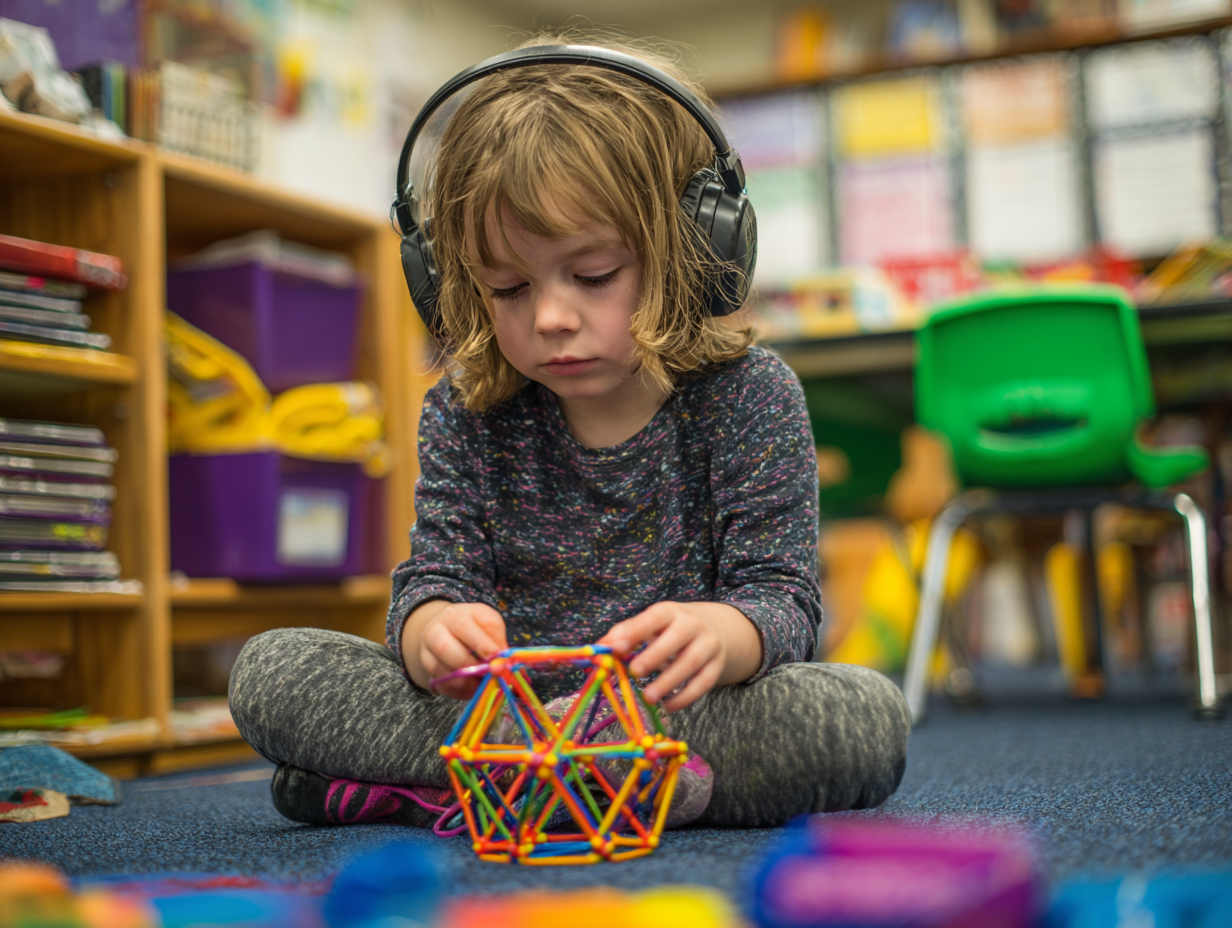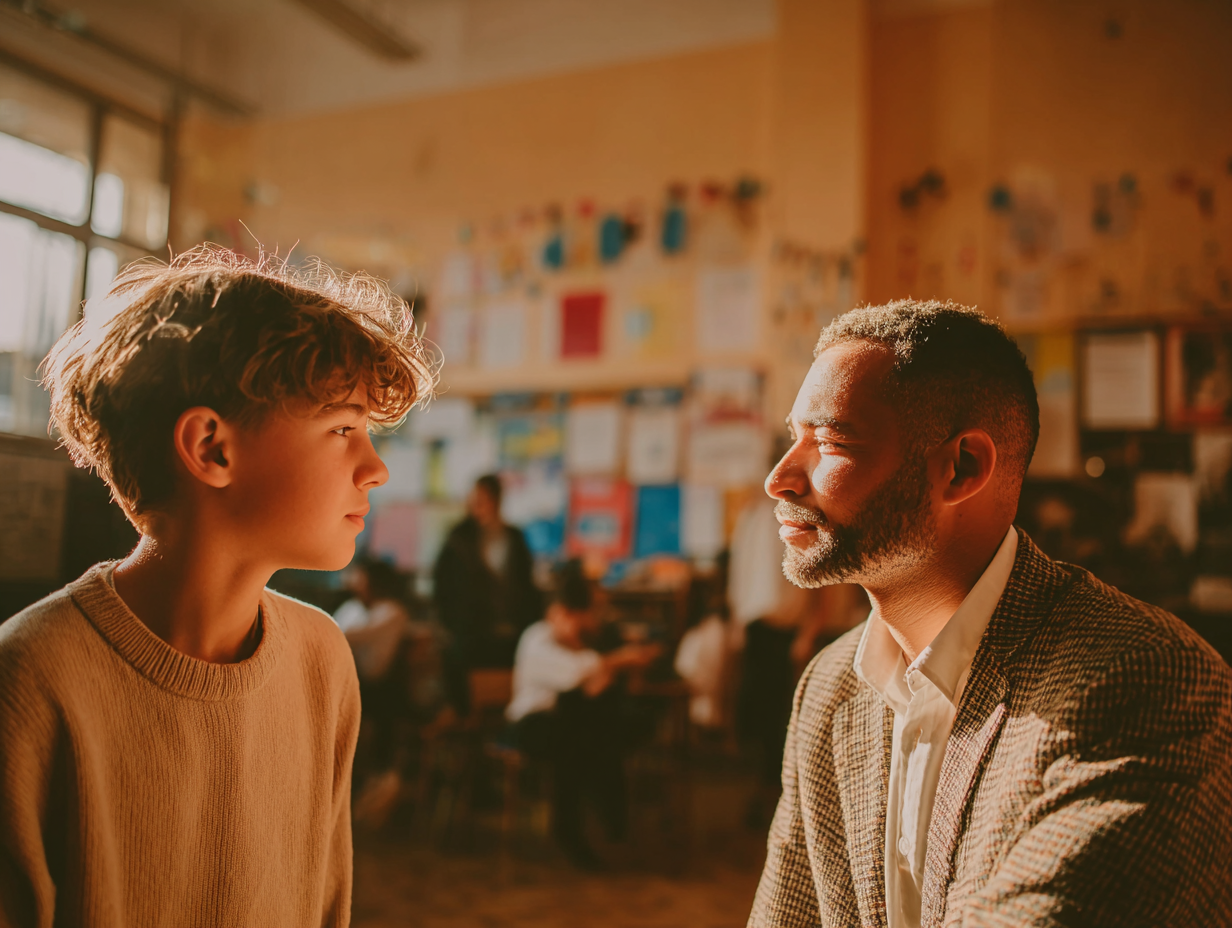Proactive Strategies for Preventing Classroom Conflicts Before They Escalate

Conflict in the classroom is inevitable.
But full-blown disruptions, emotional outbursts, and escalating confrontations don’t have to be.
By implementing proactive strategies grounded in trauma-informed practice, relationship-building, and emotional regulation, educators can prevent many conflicts before they begin. This approach doesn’t just preserve order—it creates a safer, more connected, and emotionally secure learning environment where both students and staff can thrive.
In school settings across the country, especially post-pandemic, educators are reporting increased behavioral challenges, heightened stress, and more frequent classroom conflicts. At the same time, disciplinary tools like suspension or punitive control are proving to be ineffective long-term—and often disproportionately harmful. What works better is prevention: proactive, evidence-based strategies that foster emotional safety and mutual respect.
Understanding the Roots of Classroom Conflict
Before exploring proactive strategies, it’s essential to understand why conflict arises in classrooms in the first place. Conflict typically stems from a combination of unmet needs, emotional dysregulation, environmental stress, and misunderstandings. For many students, especially those with trauma histories, neurodiverse conditions, or difficult home situations, school can be overwhelming or triggering. A perceived slight or shift in routine might lead to frustration, anger, or withdrawal.

Understanding the Roots of Classroom Conflict
What may seem like defiance or aggression is often a student’s attempt to cope with a dysregulated nervous system. This is especially true in classrooms that don’t feel safe—emotionally or physically. When students feel misunderstood, unheard, or constantly corrected, their stress responses increase. This creates fertile ground for conflict to escalate.
Instead of responding reactively after behavior escalates, educators must be empowered to recognize early warning signs, defuse tension with dignity, and structure classrooms to prevent stress in the first place.
Strategy 1: Build Strong, Trust-Based Relationships
The single most effective proactive tool in preventing classroom conflict is a trusting, respectful relationship between student and teacher. When students feel emotionally safe with an adult, they are more likely to cooperate, share concerns early, and accept redirection without escalation.

Strategy 1: Build Strong, Trust-Based Relationships
Relationship-building can take many forms:
- Greet students by name and with warmth each day
- Engage in informal conversations about interests and strengths
- Use restorative practices such as connection circles or daily check-ins
- Show consistency, fairness, and empathy—even when correcting behavior
Students don’t need perfect teachers. They need teachers who show up, care, listen, and repair when mistakes are made. These relational investments build trust that can prevent or de-escalate future conflicts.
Check Out: The Evolving Role of Emotional Intelligence in Healthcare Leadership
Strategy 2: Set Clear Expectations and Teach Routines Explicitly
Students thrive on structure and predictability. One major source of tension is when expectations are unclear or inconsistent. Proactively teaching classroom norms, routines, and behavior expectations can drastically reduce the chance of misunderstandings or power struggles.
Effective strategies include:
- Posting and reviewing behavior expectations visually
- Practicing transitions, group norms, and routines regularly
- Involving students in co-creating rules and consequences
- Using “behavior rehearsal” or role-play to demonstrate what success looks like
Clarity breeds confidence. When students know what’s expected and how to meet those expectations, anxiety drops and cooperation increases. The goal is to create a classroom culture where everyone understands how to function respectfully—and what to do when things go off track.
Strategy 3: Create Predictable, Emotionally Regulating Environments
Sensory overwhelm, loud stimuli, chaotic transitions, and social uncertainty can increase stress and trigger conflict, especially for students with ADHD, autism, or trauma exposure. Structuring the physical and emotional environment of a classroom to support regulation can help prevent disruptions.

Creating calm-down spaces
This might include:
- Using visual schedules, timers, and clear cues for transitions
- Creating calm-down spaces or regulation corners with tools like noise-canceling headphones, stress balls, or breathing prompts
- Reducing unnecessary noise or clutter in high-traffic areas
- Maintaining consistent routines to provide predictability and psychological safety
These subtle environmental supports can prevent many conflicts by reducing dysregulation and giving students tools to calm themselves before behavior escalates.
Check Out: Transforming Our Relationship with Conflict in Educational Settings
Strategy 4: Teach Social-Emotional Skills and Self-Regulation
Many classroom conflicts stem from students lacking the tools to express emotions constructively. When overwhelmed by anger, fear, or frustration, some students lash out because they don’t yet have the emotional vocabulary or coping mechanisms to navigate big feelings.
Proactive classrooms embed social-emotional learning (SEL) into daily life:
- Model and teach feeling identification, empathy, and conflict resolution
- Practice self-regulation techniques such as deep breathing, counting, or body scans
- Use “emotional check-ins” to help students name and manage their states
- Role-play scenarios and reflection to practice perspective-taking
When students have tools to recognize and regulate their emotional states, they are less likely to resort to aggression or withdrawal—and more likely to ask for help before a situation spirals.
Strategy 5: Use Preventative Language and De-escalation Phrasing
Words matter. The way adults speak to students—especially in moments of tension—can either prevent escalation or trigger defensiveness. Language that feels respectful, nonjudgmental, and supportive can keep small issues from becoming major confrontations.

Use Preventative Language and De-escalation Techniques
Use proactive phrasing such as:
- “I can see you’re frustrated. What do you need right now?”
- “Let’s pause and take a breath together before we talk more.”
- “Let’s pause and take a breath together before we talk more.”
- “You’re not in trouble—I want to understand what’s going on.”
- “How can we solve this together?”
Avoid reactive or confrontational language like “Calm down!” or “What’s wrong with you?” which often heighten emotional responses. Tone, posture, and presence all contribute to how safe students feel when being redirected.
Strategy 6: Address Conflicts with Restorative, Not Punitive, Approaches
When conflict does happen—as it inevitably will—responding in a punitive or exclusionary way often deepens distrust and increases future disruption. Proactive classrooms use restorative practices to turn conflict into learning and connection opportunities.
This may include:
- Holding a restorative conversation where both parties express impact and intention
- Using a repair plan or agreement to guide next steps
- Involving the community in understanding how actions affect the group
- Facilitating re-entry meetings after a removal to reestablish trust
Restorative strategies don’t mean ignoring consequences. They mean involving students in taking accountability in a way that restores dignity, relationships, and community connection.
Strategy 7: Recognize and Respond to Early Warning Signs
Conflicts rarely erupt out of nowhere. Most escalating behaviors follow a pattern—body language changes, tone shifts, or avoidance behaviors often emerge before a full disruption. Educators trained in early warning signs of emotional dysregulation are better equipped to intervene early and effectively.
Early indicators that a student may be nearing emotional escalation often show up in subtle but telling ways. These can include physical signs like clenched fists, a rigid jaw, or a withdrawn posture. Verbal cues may surface through a raised voice or unusually rapid speech.
You might also notice repetitive behaviors such as fidgeting or pacing, or nonverbal shifts like a glazed or locked-in gaze. A student who suddenly refuses to participate, avoids eye contact, or becomes uncharacteristically quiet may also be signaling distress. Rather than responding with immediate correction or discipline, proactive educators can intervene with subtle gestures—a calm voice, a short break, or a quick check-in—to give students space to self-regulate. These early, compassionate responses often stop a conflict before it starts, reinforcing that prevention is nearly always more effective than reaction.

Recognize and Respond to Early Warning Signs
A crucial yet frequently overlooked component of conflict prevention is educator regulation. Teachers who are exhausted, overwhelmed, or emotionally dysregulated are far more likely to misinterpret student behavior and respond with frustration or severity, unintentionally escalating situations. To prevent this, schools must invest in their staff’s resilience.
This means providing training in trauma-informed care and de-escalation strategies, as well as creating space for regular reflection, peer coaching, and restorative collaboration. Access to mental health resources, wellness support, and reasonable workloads is essential. Just as important is ensuring teachers feel backed by leadership, particularly when using relationship-based approaches to discipline. When adults are calm, grounded, and supported, they can better co-regulate with their students, modeling emotional control and helping learners return to a state of safety before conflict emerges.
Now more than ever, proactive conflict prevention is critical.
Classrooms today are filled with students carrying more complex emotional and social needs than in years past. At the same time, educators are experiencing heightened pressure, fewer resources, and record levels of burnout. Traditional discipline methods like suspensions are rising, but they rarely address the root causes of behavior or offer long-term solutions. Teachers need more than classroom management—they need systems of support, clarity, and empathy-driven practices that stop disruptions before they start. Proactive strategies aren’t a nice-to-have; they are an essential investment in classroom safety, student learning, and educator longevity.
When teachers have access to these tools and supports, the benefits ripple outward. Classrooms become more stable and inclusive. Students stay engaged and feel valued. Relationships grow stronger. Learning deepens. Teachers feel more effective, less stressed, and more connected to their purpose. Schools see fewer office referrals, improved attendance, and greater family and community trust. The positive cycle begins with prevention.
Ultimately, preventing conflict requires a cultural shift away from reactive discipline and toward proactive support. It means asking different questions. Instead of, “How do we punish this behavior?” educators and leaders must ask, “What’s beneath this behavior, and how do we respond with care?” When we see conflict not as a sign of failure but as a signal—a student asking for help in the only way they know how—we unlock new possibilities for growth, healing, and connection. The transformation starts not with control, but with compassion.
